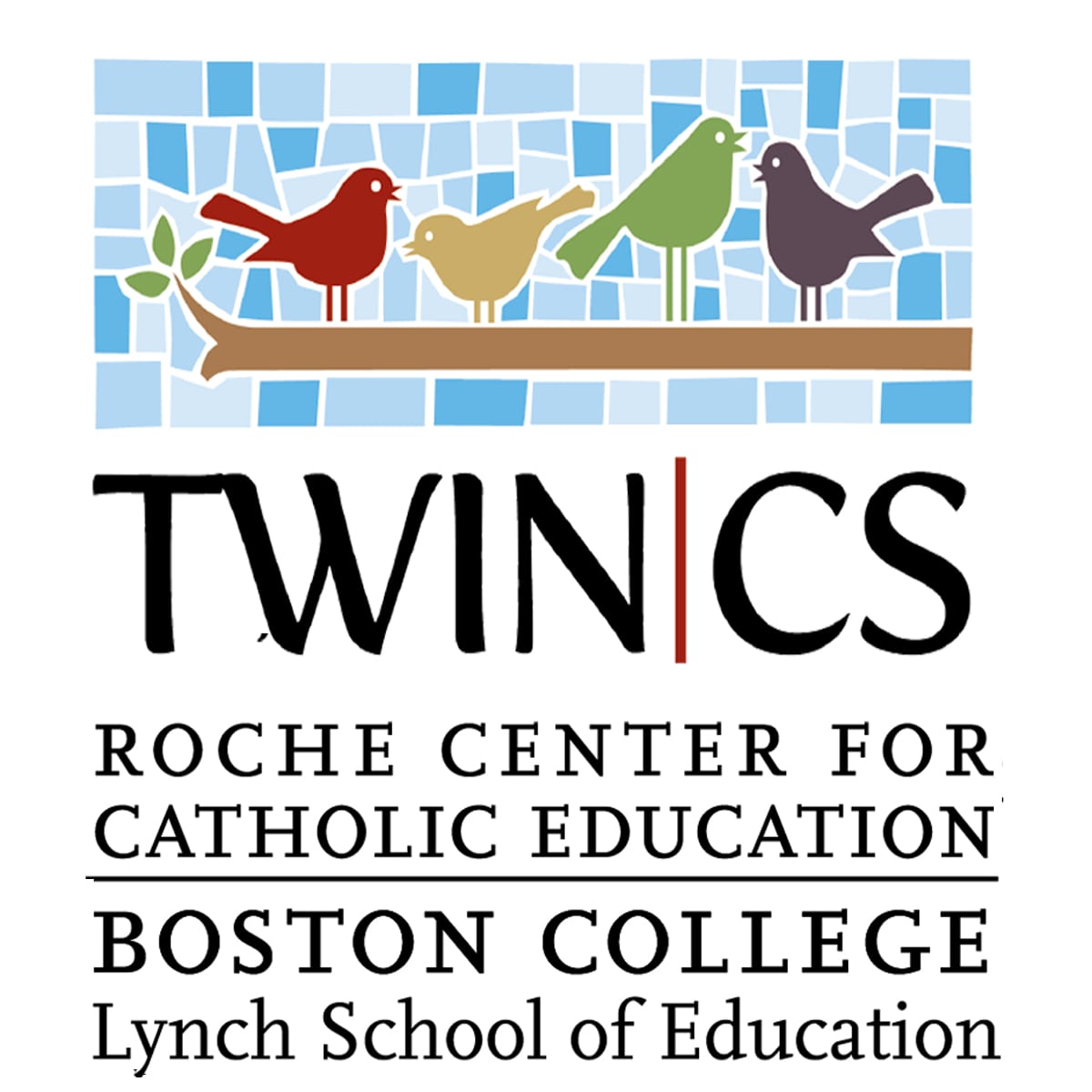In a recent publication from Public Radio International (PRI), a non-profit global media company, contributive writer Zaidee Stavely writes about a local Californian high school’s experience with multilingual students.
Castlemont High School in Oakland, California has students with an array of linguistic diversity including Spanish, Arabic, and Mam, a Mayan language from Guatemala. Acacia WoodsChan, a teacher at the school, recalls the difficulty she had in her classroom when the Spanish-speaking students began teasing their classmates who spoke Arabic or Mam because the languages sounded different.
“You could literally look at the faces of the students who spoke those languages — Mam or Arabic — and just see the level of disappointment,” WoodsChan said.
WoodsChan decided to have the students teach their heritage languages to each other by teaching common phrases, numbers, and how to introduce oneself. WoodsChan noted distinct changes in student behavior: “You could see a huge shift in the way that not only the Mam-speaking students regarded the importance of learning Mam and having it visible, but also in the way that the other students received it.” The students in WoodsChan’s class “grew more confident after seeing their own languages on the whiteboard and hearing it in the video clips. They started making friends with each other — across cultural lines.”
Research has shown that immigrants who retain their heritage language while learning English are “likelier to graduate from high school, go on to college and enter higher-paying careers than those who learn English but lose their home language.” Furthermore, researchers at the Graduate Center of City University of New York have concluded that students are more comfortable and engaged if they see their home language “displayed in the classroom or around the school,” and “if they are asked to share their knowledge of their home language with their peers.”
Languages like Mam are becoming more common in school districts such as Oakland, with several thousand Mam speakers in the area. As such, the demand for interpreters in Mam has grown with “Some Oakland graduates …[becoming] Mam-English interpreters to help fill a lack of Indigenous-language interpreters in all kinds of settings, from school to hospitals to courts.”
WoodsChan has seen a difference in her students and she wishes to cultivate “pride in her students for their own and others’ identities,” which she will do by presenting class videos as “part of an orientation at the beginning of the year, to help build a sense of respect and mutual understanding among all students, both newcomers and those born in the US.”
To read the complete article and listen to audio recordings of the students speaking Mam and Arabic languages, please click here.

